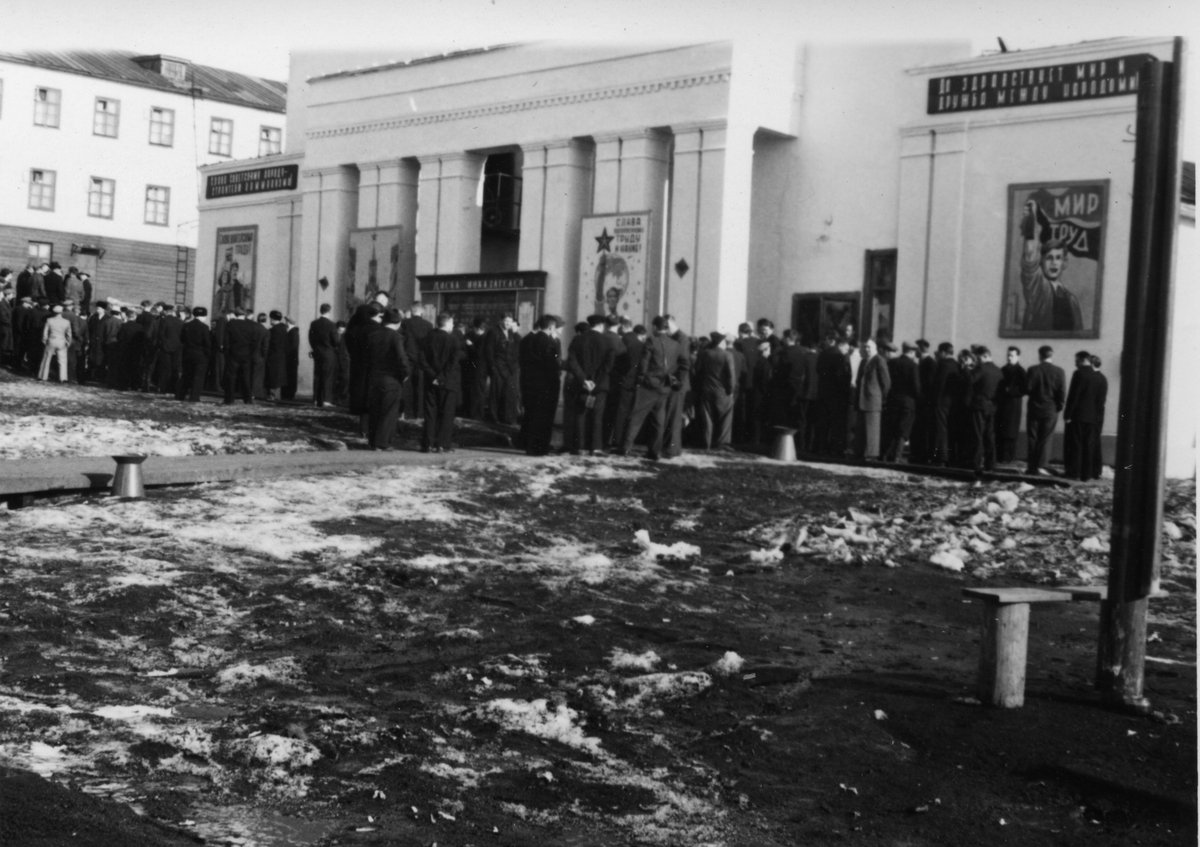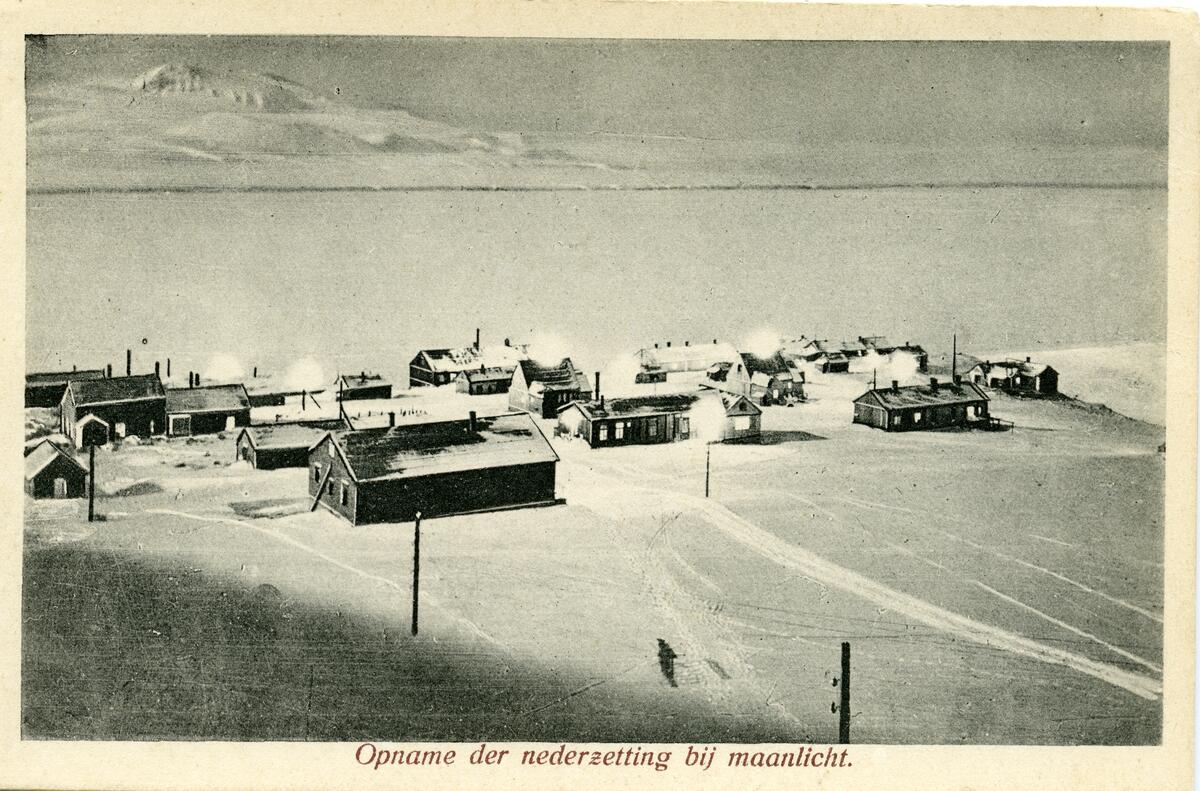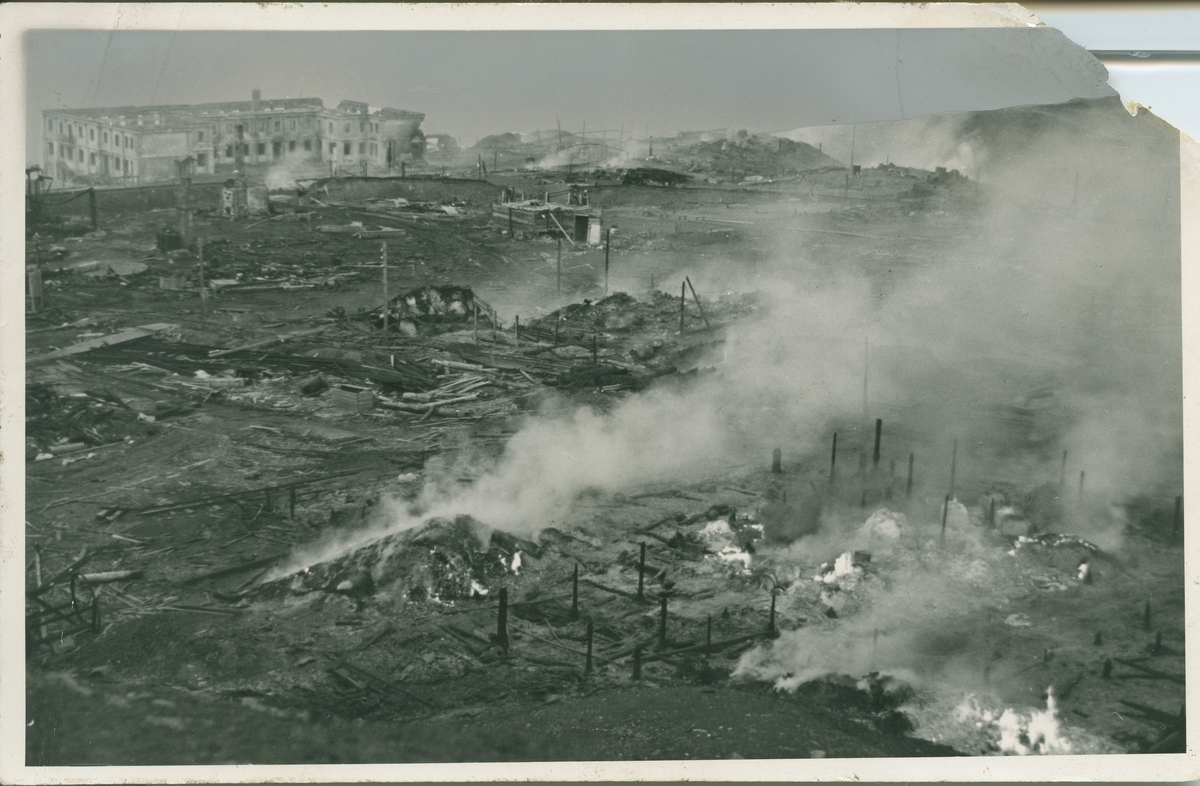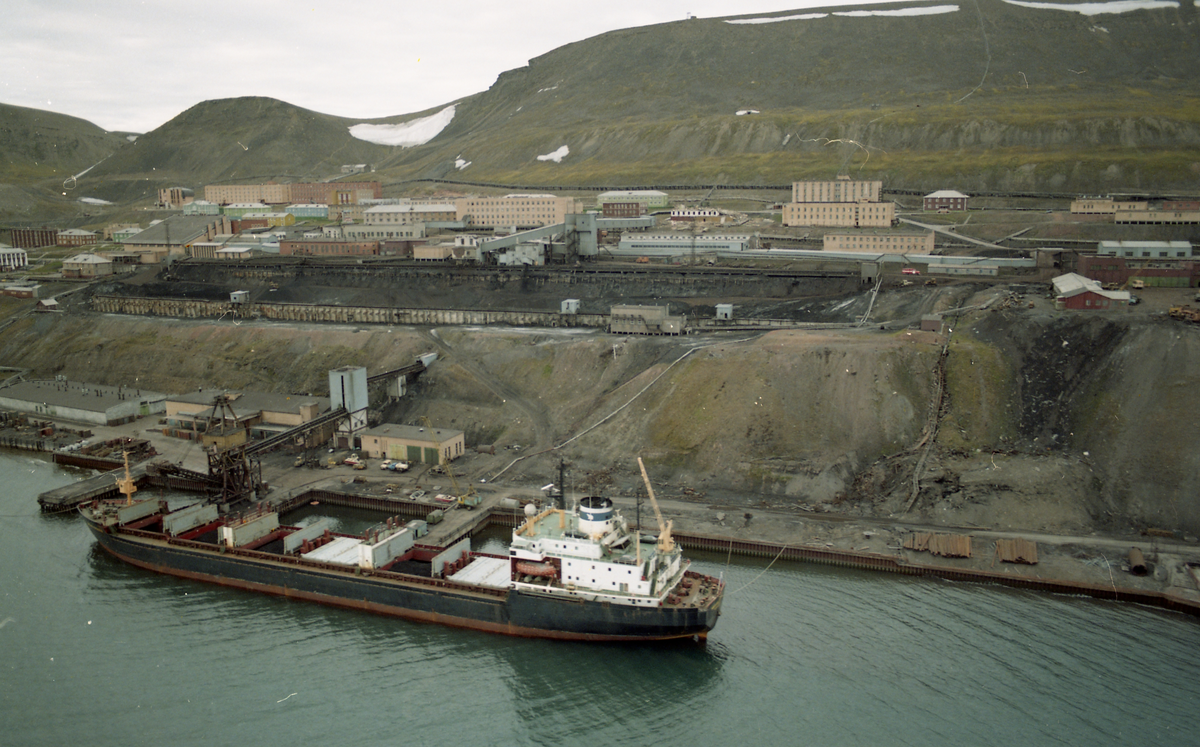Barentsburg was originally established by the Dutch company Nederlandsche Spitsbergen Compagnie (Nespico), founded in 1921. After World War I, the Netherlands needed coal, and the town was named after the Dutch explorer who discovered Svalbard in 1596. Falling coal prices in the late 1920s led to operations being put on hold, and the property was eventually sold to the Soviet Union in 1932.
Barentsburg became the headquarters of Soviet operations, complete with its own consulate. During the winter of 1933/34, the population had reached 1,261 residents, including 100 children. When Germany attacked the Soviet Union in 1941, Barentsburg, like the other Soviet and Norwegian settlements, was evacuated and abandoned. The facilities were originally meant to be rendered unusable, but fires that got out of control destroyed parts of the settlement.
The following year, a Norwegian military garrison was established in the abandoned mining town. Its mission was to drive out the Germans and prevent them from using Svalbard during the war. The Germans retaliated, and during their attack on the Norwegian forces, most of the remaining buildings were leveled.
After the war, it took time to rebuild Barentsburg. Reconstruction began in 1946, but it wasn’t until 1950 that the consulate returned, and Barentsburg once again became the headquarters of Soviet activity. A research station was established, and in the early 1960s, a helicopter base was constructed at Heerodden — or “Cape Heer” — a short distance from the mining town. Like Pyramiden, Barentsburg underwent significant modernization in the early 1970s.
During the 1980s, economic hardship began to take hold, and after the Soviet Union dissolved in 1991, subsidies were reduced. The now-Russian operations were consolidated in Barentsburg, but the decline continued. Today, the population numbers just under 400 people. Mining is still ongoing, and there are plans to invest in tourism and research, similar to the developments seen in Longyearbyen.



